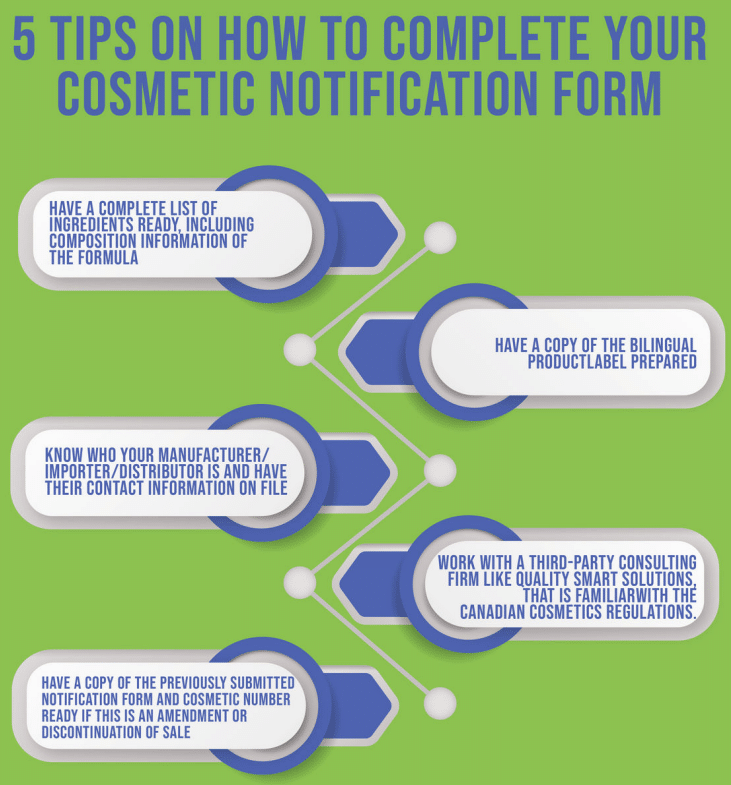
In response to the COVID-19 public health emergency, FDA issued a declaration regarding the appropriateness of utilizing emergency use authorizations (EUA). This measure by the FDA was designed to mitigate the stress on the device supply chain and the associated scarcity of certain devices that are critical to the prevention and management of Covid-19. So far, FDA through the EUA and enforcement priority pathways issued approximately 450 devices EUAs and 17 medical device enforcement policies. Most of the devices receiving EUAs are in vitro diagnostic tests for COVID-19.
Given the magnitude of the COVID-19 pandemic, FDA recognizes that it will take time for device manufacturers, healthcare facilities, healthcare providers, patients, and consumers to adjust to the policies adopted and operations implemented during the declared COVID-19 public health emergency to someday resume normal regulatory operations. Therefore, FDA has developed and issued new draft guidance detailing phased transition plans for devices granted EUA designations as well as devices that fall within the enforcement policies issued during COVID-19. The Medical devices EUA transition guidance document provides more clarity on how device manufacturers whose devices were made available via pandemic-era EUAs will be affected once the public health emergency abates.
Time-limited EUA
The EUA declaration is temporary and can be terminated. When such happens, all EUAs issued under that declaration also terminate. Therefore, all EUA designations now in place for medical devices that are yet to obtain 510(k) clearance or other market registration from FDA would expire once the COVID-19 emergency is over. Once a device’s EUA designation expires, full US market registration is required to keep that device on the US market.
FDA Transition Plans for EUA Devices
- FDA will provide advance notice of termination for each EUA in the US Federal Register 180 days before the final termination day.
- FDA will not object to the continued distribution of devices within the scope of the guidance after the EUA termination date where:
- The manufacturer has submitted a marketing submission to FDA and had it accepted by
FDA before the EUA termination date; and
- FDA has not taken a final action on the marketing submission.
- From the time between advance notice and termination date, manufacturers must continue to comply with the obligations under the respective EUA.
- FDA recommends that manufacturers of specific reusable, life-supporting, and life-sustaining devices submit reports to the agency for the evaluation of potential product shortages post-EUA termination.
- After the termination date, the manufacturer must follow the proper channels laid out in the guidance or discontinue manufacturing.
Are you Not interested in full FDA registration after EUA termination?
FDA generally will not request market removal of already distributed devices if they are:
1) Single-use, non-life-supporting/non-life-sustaining devices (e.g., face masks) and will be consumed by the end-user.
2) Reusable, non-life-supporting/non-life-sustaining devices (e.g., remote patient monitoring devices) provided the manufacturer either restores these devices to the previously FDA-cleared or approved version or ensures publicly available labeling that accurately describes the product features and regulatory status (i.e., that the product lacks FDA clearance or approval).
3) Reusable life-supporting/life-sustaining devices (e.g., ventilators, extracorporeal membrane oxygenation systems, continuous renal replacement therapy systems) again under the same conditions that the manufacturer either restores the devices to the previously FDA-cleared or approved version of the device or ensures publicly available labeling that accurately describes the product features and regulatory status (i.e., that the product lacks FDA clearance or approval).
4) In vitro diagnostic devices to be used for no more than 2 years after the EUA termination date or until the expiration date, whichever is less.
FDA Transition Plan for Devices Within Enforcement Policies
There is a 180-day transition period, consisting of three phases, starting on a yet-to-be-determined implementation date of the transition plan. If the transition plan is finalized before the termination of the PHE, the implementation date will be the date the PHE ends. If the PHE ends before the finalization of the transition plan, the implementation date will be at least 45 days after the transition plan is finalized.
Phase 1 begins on the implementation date, and manufacturers must follow the adverse event reporting requirements in 21 CFR Part 803.
Phase 2 begins 90 days after the implementation date, and manufacturers are expected to adhere to the reporting requirements for device corrections and removals in 21 CFR Part 806 in addition to meeting the requirements in Part 803. In addition, manufacturers must also register their facilities (if not already registered) and list the product consistent with 21 CFR Part 807 Subparts B-D.
Phase 3 begins 180 days after the implementation date. FDA plans to withdraw the specific Enforcement Policies as indicated in the guidance document and manufacturers will be expected to comply with all statutory and regulatory requirements applicable to their devices (e.g., 21 CFR Part 820, 21 CFR Part 801 Subpart B, and 21 CFR Part 830)
Manufacturers are strongly encouraged to work to complete submissions well in advance of the start of Phase 3 to avoid potential delays created by a large influx of new submissions and to best serve public health. FDA will expect the removal of all devices unless a marketing submission has been submitted and accepted by FDA before the start of Phase 3. FDA has not taken a final action on the marketing submission.
Resources:
Transition Plan for Medical Devices Issued Emergency Use Authorizations (EUAs) During the Coronavirus Disease 2019 (COVID-19) Public Health Emergency. https://www.fda.gov/regulatory-information/search-fda-guidance-documents/transition-plan-medical-devices-issued-emergency-use-authorizations-euas-during-coronavirus-disease?utm_medium=email&utm_source=govdelivery
Transition Plan for Medical Devices That Fall Within Enforcement Policies Issued During the Coronavirus Disease 2019 (COVID-19) Public Health Emergency. https://www.fda.gov/regulatory-information/search-fda-guidance-documents/transition-plan-medical-devices-fall-within-enforcement-policies-issued-during-coronavirus-disease







